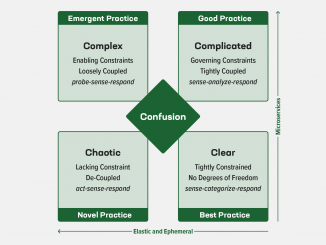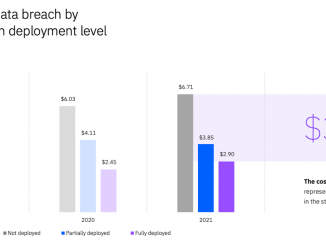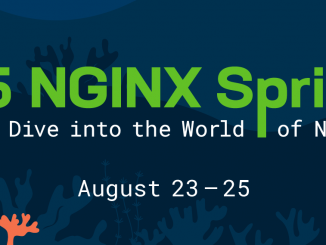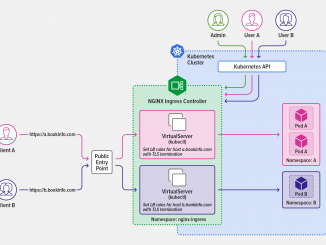
How OpenTelemetry Is Changing the Way We Trace and Design Apps
How OpenTelemetry Is Changing the Way We Trace and Design Apps Observability is key when running cloud‑native apps, where app functionality emerges from the interaction among large numbers of microservices running in multiple locations. The loosely coupled nature of microservices apps potentially means each microservice reports on its activities in its own way. Without a tool that compiles and correlates that telemetry data, it’s hugely difficult – if not impossible – to track the processing of a request from start to finish, which is crucial for troubleshooting. When searching for a multi‑functional observability tool, the team behind the NGINX Modern Apps Reference Architecture (MARA) project chose OpenTelemetry. With our OSS team picking this emerging project, we want to dive in further. At GlueCon 2022, I got together with Granville Schmidt, Architect in the Office of the CTO at F5, to discuss why we’re [ more… ]




